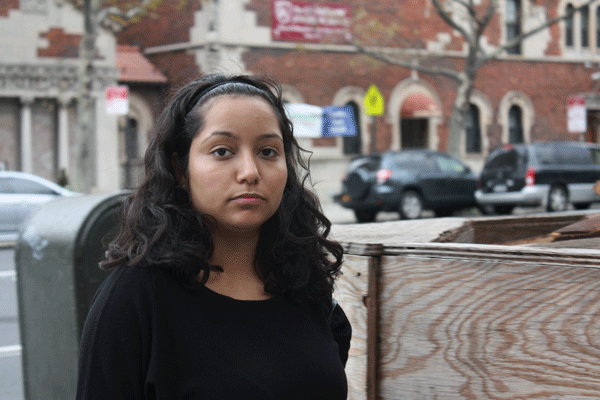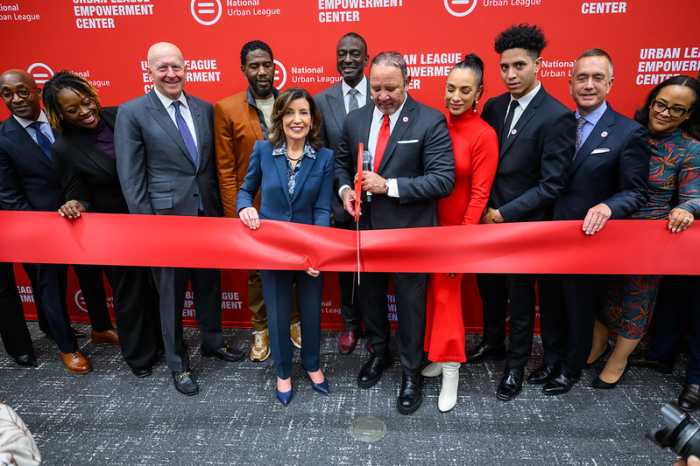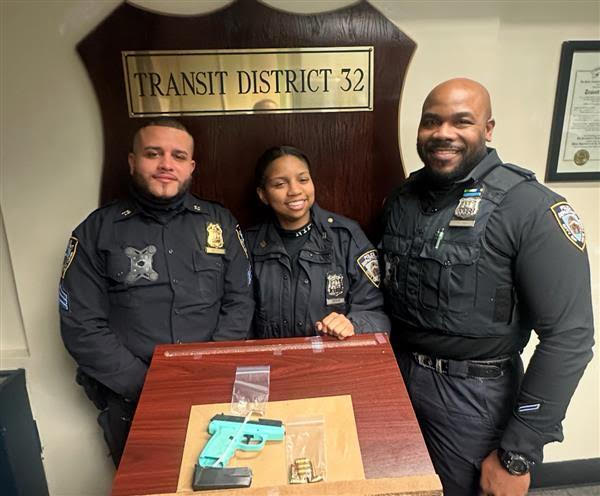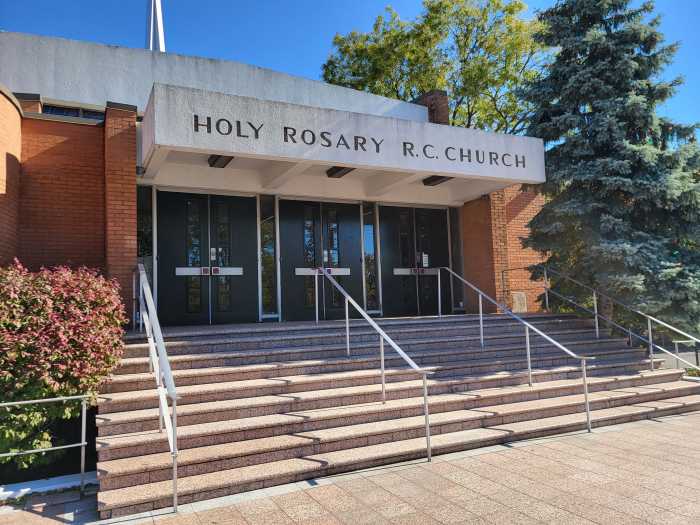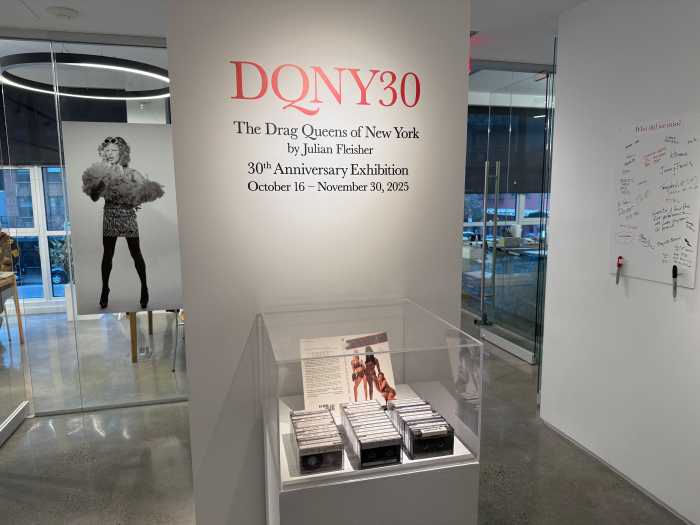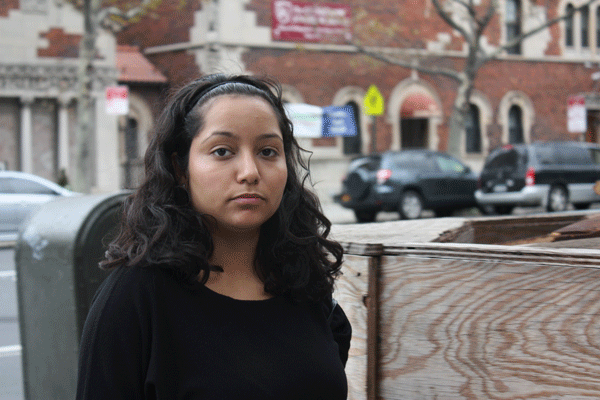
BY ALINE REYNOLDS| Though many hurricane-damaged small businesses Downtown are loath to take on more debt than they have already accrued, loan programs remain the predominant sources of financial aid that is currently available to them.
But a few grant programs have become available, including one dubbed “Lower Manhattan: Back to Business” created by the Alliance for Downtown New York, the area’s business improvement district (B.I.D.). It is open to businesses south of Chambers Street that are located in the city-designated Flood Zone A and have lost property from the storm or experienced business disruption for up to 10 days.
The grants, which offer up to $20,000 each, will be given to qualifying businesses that have 50 or fewer employees and gross annual revenues of a maximum of $5 million. To be eligible, businesses must also have to have been open for at least a year or have signed a five-year lease. Businesses that are still closed are also eligible, but they have to be scheduled to reopen by April 2013.
The program is “about big businesses acknowledging the important role of small businesses and coming together as we have so many times so we can all move forward,” according to Downtown Alliance President Elizabeth Berger.
Last weekend, Mayor Mike Bloomberg announced a new citywide small business grant of $5.5 million, $500,000 of which has been earmarked exclusively to businesses in Lower Manhattan south of Canal Street [See related NYC Reconnects story after P. 14].
The payments, valued up to $10,000 apiece, will be awarded to businesses with fewer than 100 employees that need to replace damaged supplies and other inventory.
Additionally, the Manhattan Chamber of Commerce is offering $500 grants toward businesses’ rent, payroll, clean-up and other storm-related expenses.
As of Mon., Nov. 26, 86 Downtown small businesses had applied for S.B.S. loans, 17 of which had been approved. Another 68 loan applications were pending receipt by the city. These were among the approximately 350 merchants who have visited or called the S.B.S.’s Business Solutions Center at 79 John St. for assistance with these and other Sandy-related issues.
Several Downtown merchants, some of whom are still paying back debt associated with 9/11, will not so much as consider applying for loans. Fernando Dallorso, owner of Stella, a bistro located on Front Street — one of the most Sandy-battered areas of the Seaport — is faced with approximately $400,000 in repairs and other damage-related costs.
Stella’s refrigerators alone — of which the restaurant has 10 — will cost $3,000 each to replace, Dallorso noted. To add insult to injury, he and his nearly 30 employees are currently out of work. “The floors have to be redone, the walls have to be redone, all the equipment…whatever is now being destroyed or ripped off is being renewed,” he said.
As is the case with most Downtown businesses, Stella lacks flood-related insurance for the damages and economic losses.
Though Gregg Bishop, deputy commissioner for Small Business Services and his team at the Downtown-based Business Solutions Center have been advising merchants on insurance coverage, most of the insurance-related matters have been directed to the state Department of Financial Services (D.F.S.).
“There a few businesses that I’ve seen that didn’t fully insure for flood damages,” he said. “I’ve also seen a lack of business interruption insurance, which is key, obviously, in this particular case.”
“If there is a discrepancy,” Bishop added, “D.F.S. steps in on behalf of the business owner and talks to their carrier or insurance agent.”
Seaport Mall Still Closed
Meanwhile, Pier 17 will remain closed until further notice, forcing all of the waterfront businesses, including several mom-and-pop shops, to close indefinitely.
At a recent Community Board 1 meeting, Ann Marie Delaney, whose Harbour Lights Restaurant has been closed since the storm, accused the Howard Hughes Corporation, the pier’s leaseholder, of poorly communicating with its commercial tenants about the status of the pier.
“We got two generic e-mails from [developer] Howard Hughes that the building is still being assessed,” she said. “If the Downtown Alliance is going to give me $20,000 if I can prove that I’m going to reopen in April, and then Howard Hughes is going to close me in May or June [for the reconstruction of Pier 17], it’s not a win-win situation.”
Delaney added, “We’re part of the community for over 25 years, [and] we’re not getting any answers. It’s just very frustrating. At the end of the day, what do I tell my 55 employees? We can’t pay them now.”
In a written statement, Howard Hughes said that the developer is committed to reopening the pier as soon as possible, but that it will likely be several weeks before a timetable can be established as experts evaluate possible structural damage from the storm.
“To that end, we are working diligently to coordinate all necessary assessment, remediation and inspection of the many buildings that make up South Street Seaport,” read the statement. “In fact, remediation in some areas is already underway.”
In the meantime, the pier’s merchants are permitted to access their stores in order to assess damages.
Time is indeed the biggest obstacle facing the Downtown merchants, according to Ro Sheffe, chair of C.B. 1’s Hurricane Relief Small Business Task Force. Sheffe fears that the additional cash flow supplied by grants and loans will not be sufficient to salvage many languishing businesses in the area.
“They’re faced with several things at once,” he said. “Many of them had a lot of structural damage, so they have no electricity, water or heat. Even after they surmount these obstacles, then they’re faced with the problem of a greatly diminished customer base.”
Sheffe added that, while the Downtown Alliance grant program is a good beginning, the businesses still have a ways to go before they get the amount of financial backing they need to recover. He said of the program, “I hope it will shame the federal and state governments into kicking in with a grant program adequate enough to save these folks.”



